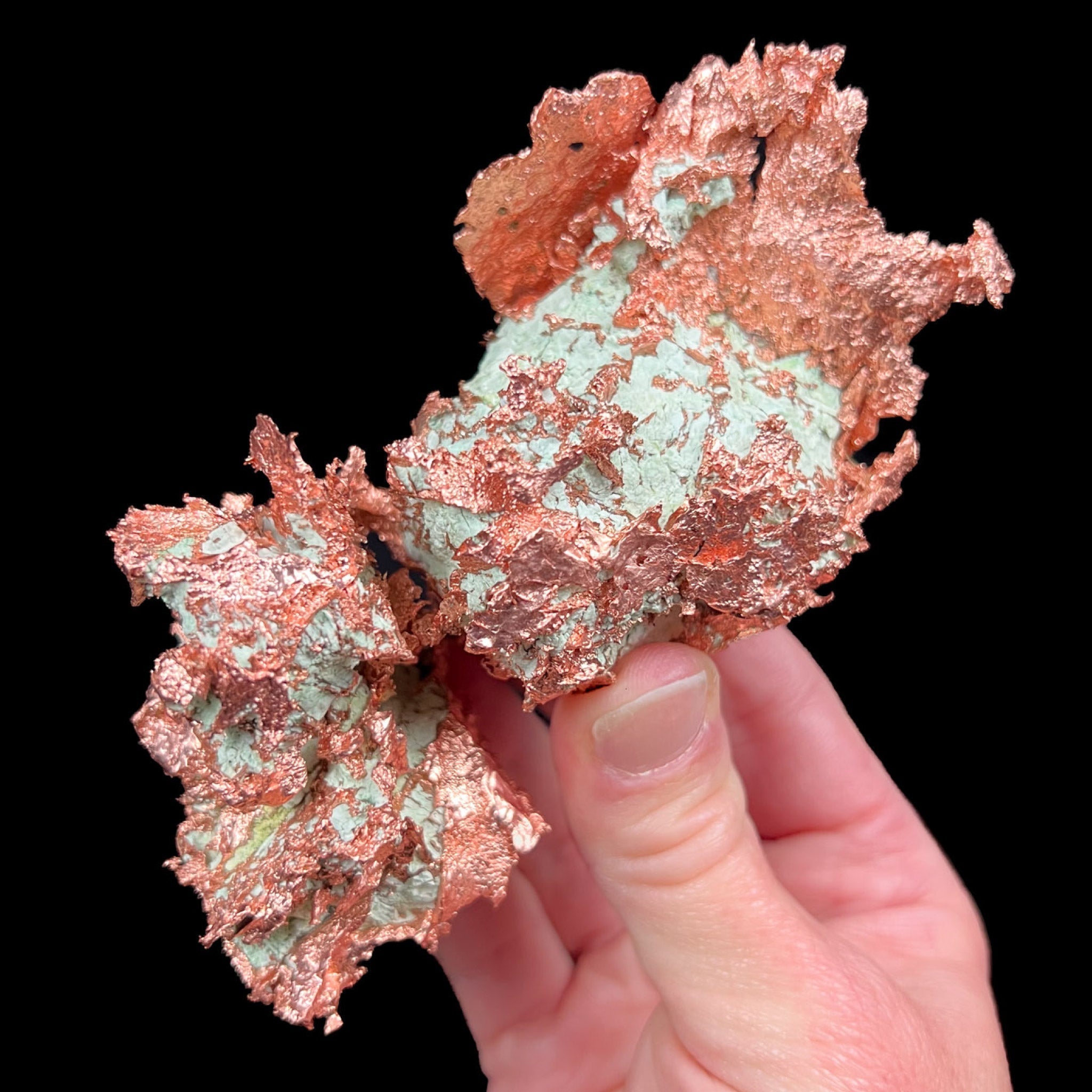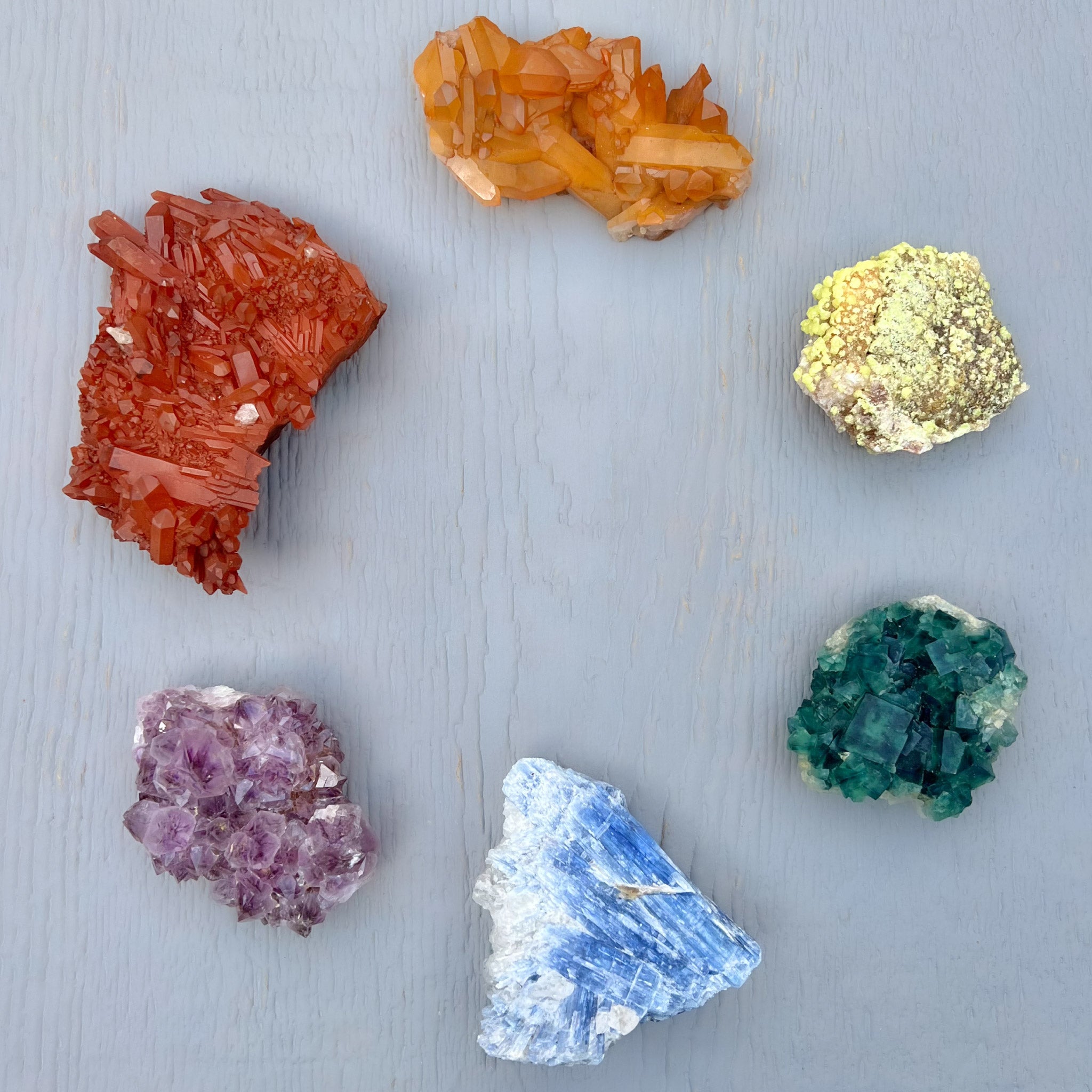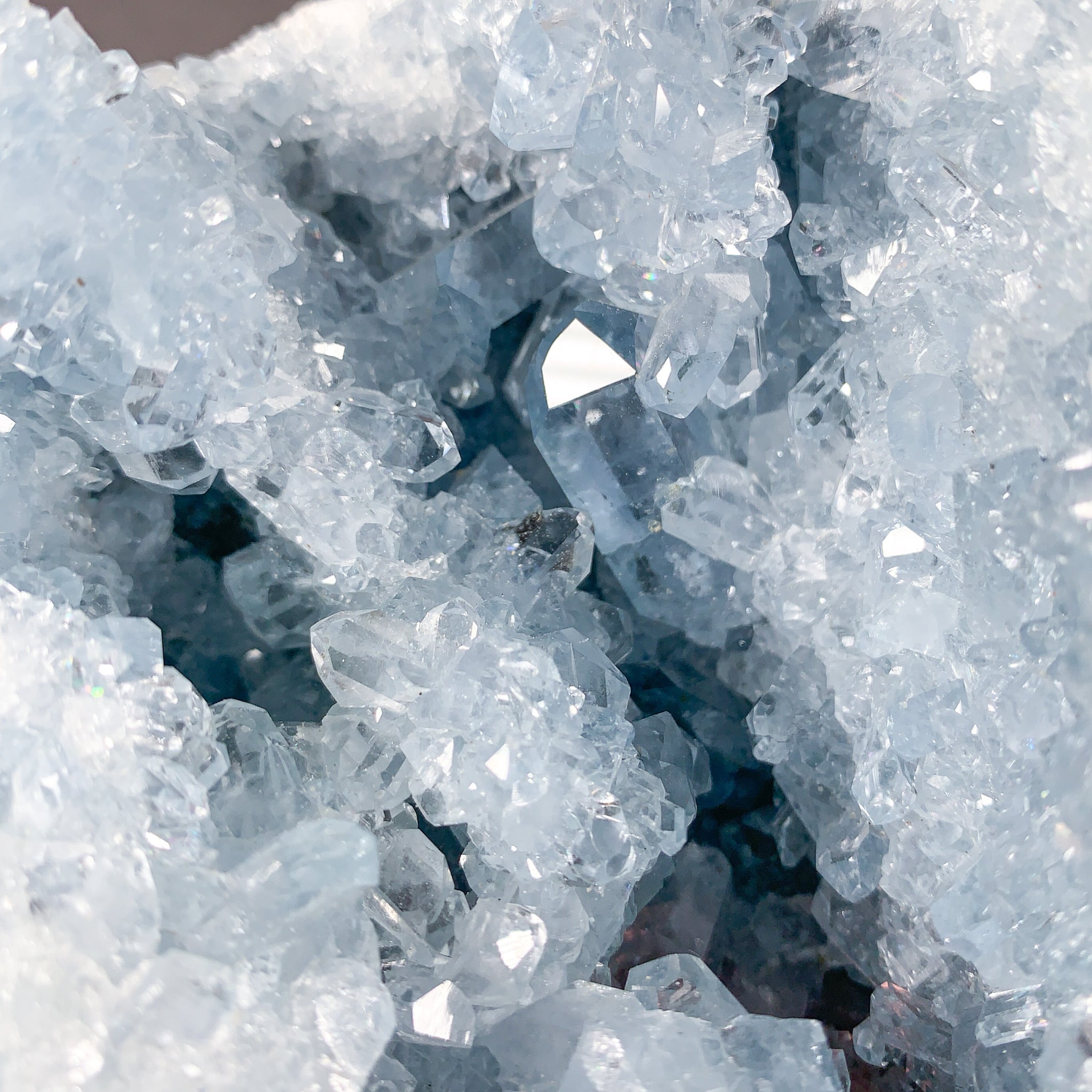We're diving deep into the fascinating world of metal minerals, the building blocks of everything from ancient tools to modern technology. We depend on these metals for most aspects of our daily life. So let's explore how these shiny specimens form and what makes them so special!
What are Metal Minerals?
Like all other minerals, metallic minerals are naturally occurring, inorganic solids with a definite chemical composition and an organized internal atomic structure. They are characterized by their metallic luster, high density, malleability, ductility or pliability, and good conductivity of heat and electricity.

What are some examples of Metal Minerals?
Metal minerals typically have higher Iron, Copper, Zinc and Lead content than other minerals. For example, Sphalerite is an important mineral due to its high Zinc content. Zinc is typically used for galvanizing metal such as iron and steel to prevent it from rusting, making it a very important metal in our daily lives. Other useful metal minerals include Galena which is valued for its high lead content, and Hematite which is used in the production of steel due to its high iron content.
Of course, we would never want to melt down our personal metal mineral specimens for use in industrial purposes, they are more valuable to us for their stunning shapes and beauty.
While eye-catching crystal specimens are often associated with the ore bodies of mining operations, extracting them for our collection purposes can be trickier than it might seem!
How are Metal Minerals Found?
Many of these metallic minerals are associated with ore deposits, which are rocks containing a high concentration of a desired metal. Industrial mining operations extract the ore from the Earth and then separate the metals from the host rock through processing. For a mineral to be considered an economically valuable ore, it must contain a high enough concentration of the metal to make extraction commercially viable.
Typically these mining operations are not set up for mineral collecting purposes but for ore extraction only. This means that many times mineral specimens found in the mines that would be perfect for a collector are actually destroyed during the ore extraction process.
Despite the great value some crystal specimens hold, it is more economical for these mines to blast through any "softer" type crystalline specimens than to take the time and effort to extra specimens for collectors.
Luckily, some miners are able to remove specimens during lunch breaks, and occasionally collectors are permitted to enter into the mines to remove valuable crystal and mineral specimens.
Why are Metal Minerals Important?
Besides their high economic and industrial value, metals can be responsible for the color of your crystals and mineral specimens! Most minerals classified as "metallic", those with a metallic luster, vary little in color, while most non-metallic minerals can vary widely in color.
Certain transition elements that are present in minerals including Iron, Copper, Nickel, and Cobalt have electrons which can be excited by energy from light and in turn, produce very vibrant crystal colors. You can learn more about how crystals get their colors here.
What are Native Elements and Native Metals?
Native Elements
Native elements are those elements on the periodic table which can occur naturally or in their "native" state without being combined with other elements. For example, pure copper, the element Cu, without any other elements present would be considered a Native Element and called Native Copper. It has the ability to form or crystallize without the presence of any other elements.
A mineral like Copper is essential for electrical wiring due to its high conductivity, making it not only a valuable ore, but also a perfect addition to a mineral collection. Native Copper specimens often have very interesting shapes that look like crystalline feathers, wires, and dendritic shapes.

When another element beyond the Native Element is added to the elemental mix, it would no longer be considered a Native Element. For example, Copper (Cu), with the addition of Oxygen in the chemical composition creates Cuprite (Cu2O) which would be considered its own mineral, but not a Native Element.
The Native Elements are typically divided into metals, semi-metals, and nonmetals.
Native Metals
Some common Native Elements you may be familiar with are the Native Metals such as Gold, Silver and Copper. These metals have the ability to crystallize in nature without the addition of any other constituents. Typically these metals have cubic / isometric shapes or hexagonal shapes.
Native Semi-metals
Examples of Native Semi-metals include Antimony, Arsenic and Bismuth. While many rock collectors are familiar with Bismuth, the specimens seen on the market are almost universally laboratory grown. Typically the Native Semi-metals have more complex geometric forms.
Native Non-metals
Some common examples of Native Non-metals include Sulfur, Graphite and Carbon. Similar to the Native Semi-metals, the Native Non-metals often have a more complex shape than the Native Metals.
Where Can I Find Metal Minerals for My Collection?
We have a great selection of Metallic Minerals available here!

As you can see, metals and metal minerals are not only important to our daily lives, but also can make great additions to your rock collection!




